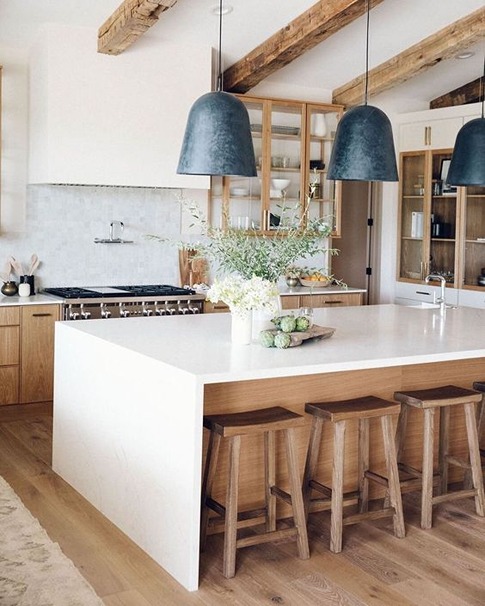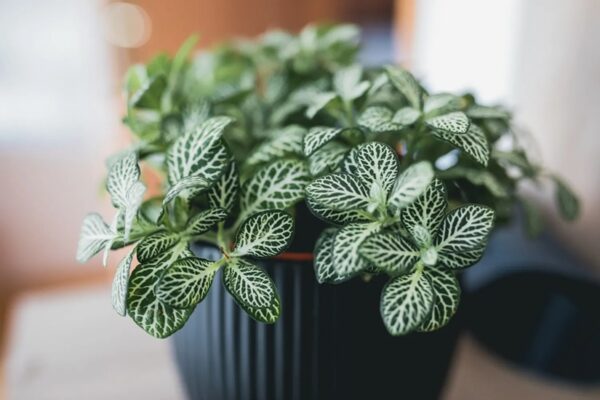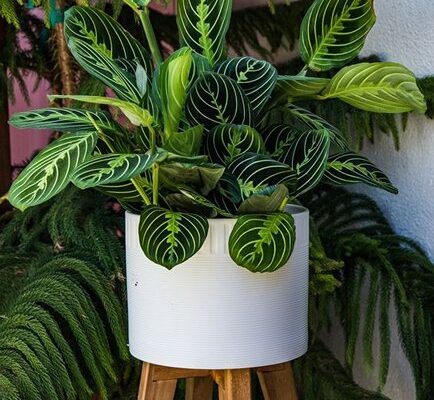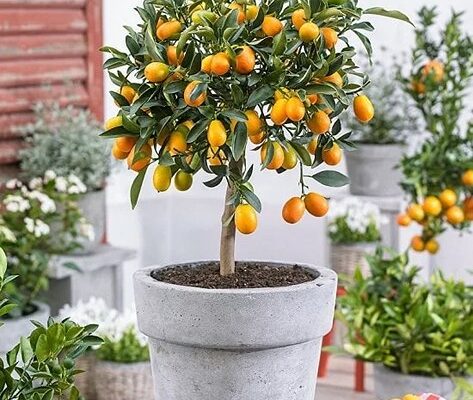Get Inspired by Trendy Interior Design Styles
Trendy interior design is about integrating the latest styles to create a functional, attractive and fashionable living space that evoke positive feelings. Trust is a crucial aspect of trendy interior design that applies to various settings like retail products, websites, film, and home decor. A well-designed space should feel genuine and authentic, while a poorly designed one sends a signal that something is off. The main goal of interior design is to create a functional and attractive space by utilizing a variety of techniques and materials that evoke positive feelings and associations.
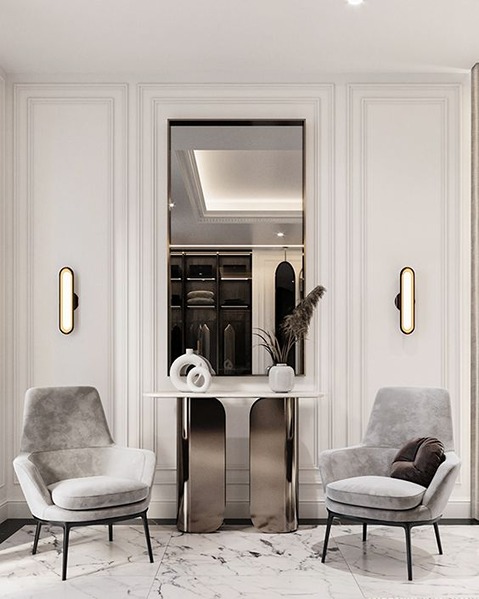
For instance, colors, lighting, and textures play a significant role in creating positive first impressions and promoting a sense of comfort in the space. A skilled interior designer understands how to use these elements to maximize the utility and appeal of a space, ensuring that it not only looks good but also feels good to be in. Here are 10 trendy interior design with their key elements, you can choose which one is best for you.
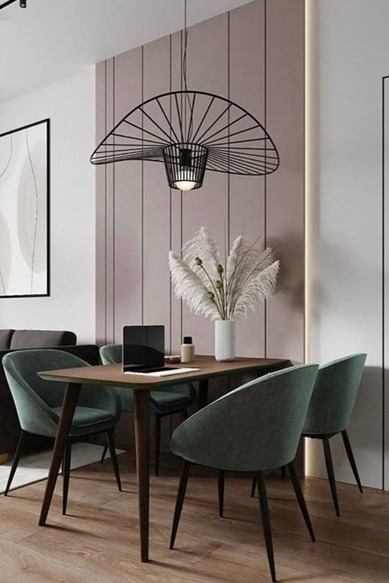
1. Traditional Interior Design
The design elements of this style encompass classic décor and showcase elaborate moldings, wood paneling, and built-in cabinetry. The furnishings and accent pieces are elegant and often include antique items that lend a sense of sophistication to the space.
To create balance and harmony, the furniture and accessories are arranged in pairs, adding a touch of symmetry to the overall design. The neutral color palette is highlighted with vibrant shades for the furniture and accent pieces, which provide a pop of color and create a sense of visual interest.
The use of expensive textiles such as silk, velvet, and cashmere add a luxurious touch to the design, while comfortable fabrics like cotton or linen provide a cozy feel. The intricate tile and wood floor patterns further enhance the overall aesthetic and create a sense of depth and texture in the space.
For those who appreciate history and a sense of timelessness in their home décor, traditional interior design offers a perfect fit. This style incorporates classic art pieces, antique elements, and symmetrical objects that exude a sense of grandeur and elegance.
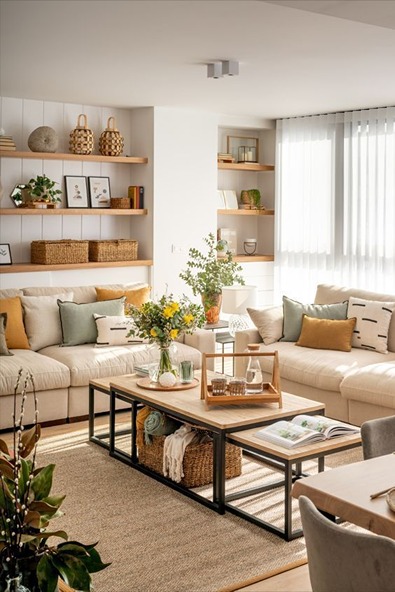
Some defining characteristics of traditional interior design include the use of rich tones, dark woods, and sophisticated colors that convey a sense of luxury and opulence. The walls are typically painted with neutral colors, allowing the furniture and decorative accents to take center stage. Traditionalists also favor intricate architectural details such as wood paneling, coffered ceilings, and in-built cabinetry, which further enhance the overall sense of grandeur and sophistication.
Perhaps the most distinguishing aspect of traditional interior design is the emphasis on symmetry. In this style, everything from sofas to lamps to accessories is arranged in pairs to create a sense of balance and harmony in the space. The focal point of the room, which could be a decorative art piece, the television, or the fireplace, serves as the anchor around which the rest of the furniture and décor are arranged.
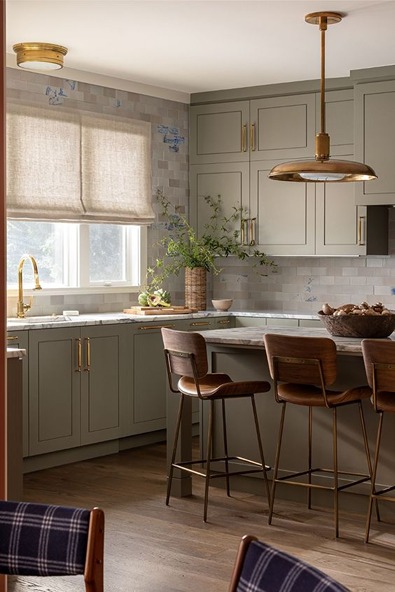
2. Modern interior design
The modern interior design style is characterized by several key attributes. First and foremost, it emphasizes simplicity and the absence of ornamentation. Instead, the focus is on clean lines and intentional asymmetry.
In keeping with the minimalist approach, modern design eschews clutter and chaos, favoring an uncluttered and streamlined aesthetic. The color palette is typically neutral, with primary colors used for bold contrasts. Geometric-patterned or plain area rugs add texture and depth to the space.
Furniture pieces in modern design have clean lines and basic shapes, made of materials such as metal, chrome, or glass. These pieces are streamlined, with polished, smooth, and sleek surfaces. In modern design, art takes center stage over accessories, adding visual interest and creating a focal point in the space.
Finally, open floor plans are a hallmark of modern design, emphasizing spaciousness and flow. By removing walls and creating a more open layout, the space feels larger and more welcoming.
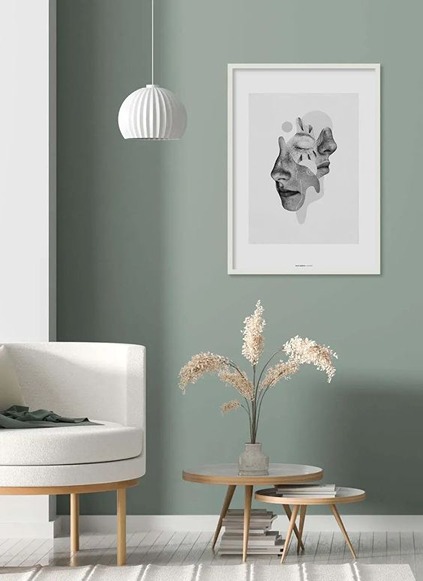
Modern interior designs are often referred to as “sleek” due to their affinity for clean lines and simple palettes. They strive to create spaces that are uncluttered and free of extraneous objects, resulting in a fresh and elegant aesthetic.
Unlike contemporary design, modern design takes a more subtle approach to decorating, adding touches of adornment with skill and precision. Their designs are characterized by a sense of simplicity that is present in every style they create.
In addition to their minimalist design philosophy, modern interior designers also incorporate warm and comforting materials and elements into their designs. They use monochrome palettes, with black and white being their go-to colors, often accented with primary colors like blue, yellow, and red.
Despite their love for simplicity, modern designers do not sacrifice comfort or style. Their designs are inviting and engaging, creating a space that feels both chic and comfortable.
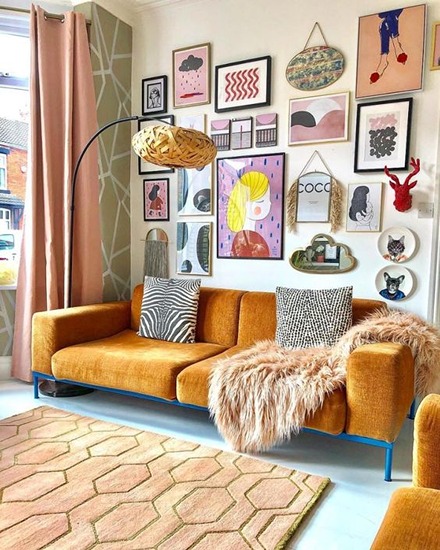
3. Contemporary Home Decor Style
The elements of contemporary design are diverse and unique. This style favors open spaces and open floor plans, which allow for an unobstructed flow throughout the space. In addition, contemporary design often incorporates unusual layouts, which add visual interest and create a sense of dynamism in the space.
Contemporary design also emphasizes the use of natural light, which is often maximized through the use of large windows and skylights. Neutral colors dominate the color palette, creating a calming and soothing atmosphere. Metal accent pieces add a touch of modernity and sophistication, while textured and natural fabrics add warmth and depth to the space.
Very light or very dark wood tones are often used in contemporary design, creating a bold contrast against the neutral color palette. Lighting design is also a key element of contemporary design, with fixtures used as an artistic statement to add visual interest and drama to the space.
The contemporary design style is often mistaken for the modern design style, but in reality, contemporary design is all about current trends and styles rather than a particular design era. Contemporary designers have a great sense of what’s popular and current in the design world, and their designs are constantly evolving to reflect these trends.
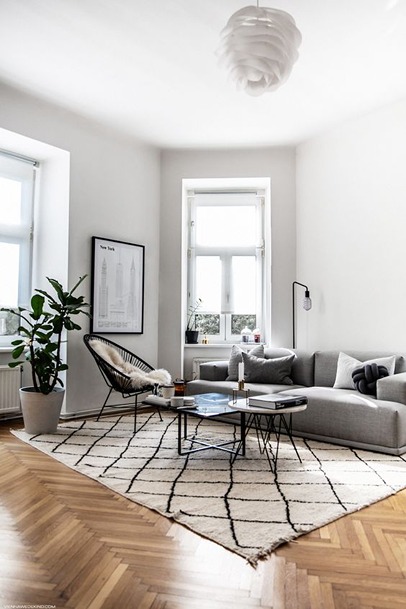
Contemporary design emphasizes clean lines and unadorned spaces, creating a modern and sophisticated look. Furniture in contemporary designs is often raised off the ground to create a sense of spaciousness and lightness in the room. While contemporary designs are undeniably stylish and modern, they also have a timeless elegance that comes from their minimalistic approach.
Contemporary interior designs often feature neutral colors, with bold accent pieces and textiles adding pops of color and interest. Furniture pieces are often made of materials like metal, glass, and plastic, with sleek and simple designs that highlight their functionality. Lighting fixtures are also a key element of contemporary design, with bold and artistic pieces used to create visual interest and drama in the space.
Overall, contemporary design is all about staying current and evolving with the times. Contemporary designers have a keen eye for what’s popular and stylish in the moment, but they also know how to create designs that are timeless and sophisticated. With their emphasis on clean lines, unadorned spaces, and functional furniture, contemporary designs are the perfect choice for those who want a modern and elegant look that will stand the test of time.
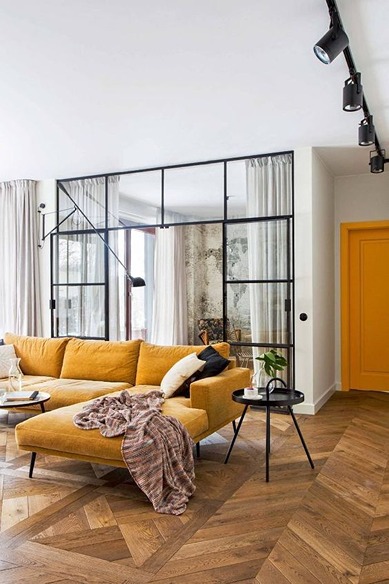
4. Transitional interior design
Transitional interior design style is a unique and popular design style that combines elements from both traditional and modern design styles. This style seamlessly blends together the classic and timeless features of traditional design with the clean lines and simplicity of modern design. Transitional design is characterized by its ability to create a harmonious and balanced look by mixing and matching different design elements from different styles.
Transitional design is often considered an elusive style, as it can be difficult to define due to its flexible nature. It’s not uncommon for people to mistake transitional design for contemporary design or traditional design. Transitional design can incorporate elements such as bold patterns, textured fabrics, and neutral color palettes. This style often uses wood accents and natural materials to create warmth and texture in a space.
One of the defining features of transitional design is its ability to mix old and new. This style often blends antique or traditional pieces with modern accents to create a cohesive and stylish look. Transitional design also emphasizes the importance of balance and symmetry, with carefully curated pieces that work together to create a harmonious space.
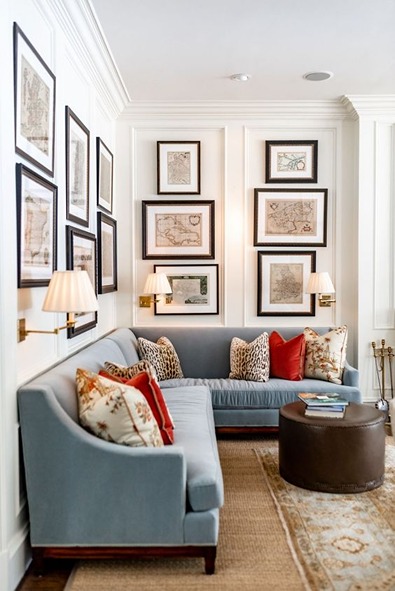
When it comes to transitional design, the key is to strike the perfect balance between traditional and modern elements. This style is all about creating a space that is both comfortable and stylish, while seamlessly blending together different design elements to create a cohesive whole. Whether you prefer bold and dramatic accents or a more subdued and understated look, transitional design is the perfect choice for those who want a timeless and versatile style that can adapt to any space.
The elements of transitional interior design involve the combination of traditional and modern styles, creating a harmonious blend. The use of straight-lined lacquered finishes on curved furnishings is a unique feature that characterizes this style. The emphasis is on impactful art pieces as focal points, with a limited use of accessories. The color palette tends to be neutral, with a focus on textural elements such as wood, glass, lacquer, rattan, fabric, steel, and metal, which add depth and dimension to the design.
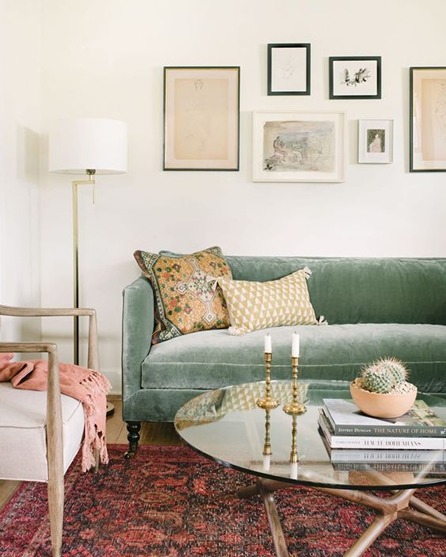
5. Midcentury modern interior design
The midcentury design style is known for its cohesive and consistent aesthetic. Unlike other styles that may have a different exterior and interior, midcentury homes must maintain the style both inside and out. This style is characterized by clean lines, a minimalist approach to furniture, and a distinct 1950s and 1960s feel.
Midcentury modern interior designers combine minimalism with a retro look, creating a unique blend of old and new. The designers aim for a “fussy-free” look, utilizing simple lines, warm woods, and muted blues and greens. The overall effect is a departure from traditional design conventions and a nod to the modern era.
Mid-century modern interior designers are known for their unique design aesthetic that blends minimalism and retro styles. They create designs with simple fabrications, pared-down forms, molded plastic plywood, and furniture with natural shapes, such as the iconic egg-shaped chair. These designs are typically considered contemporary, yet versatile enough to be seamlessly incorporated into a variety of spaces.
In addition to the simplistic approach to design, mid-century modern designers also make use of natural materials, such as wood and leather, and often incorporate bold pops of color in their spaces. Their designs are intended to be functional and practical, while also making a bold statement.
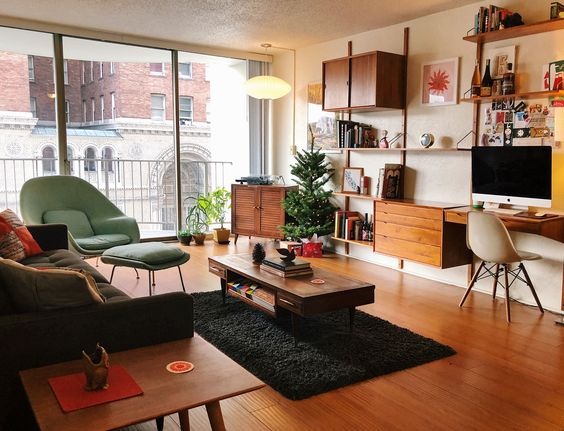
6. Shabby-chic design style
Shabby-chic design style has a distinct aesthetic that combines a romantic and vintage feel with rustic elements. The main attributes of this design style are characterized by a soft and feminine ambiance that invokes a feeling of comfort and tranquility.
One of the primary features of shabby-chic design is the use of vintage fabrics and items, such as lace doilies, floral patterns, and antique furniture. This design style also involves the use of distressed and painted furnishings that add a sense of age and wear to the décor. Whitewashed and pickling floors, along with other distressed elements, are often incorporated into the design to create a sense of history and timelessness.
Shabby-chic design also employs a pale color palette that is muted and soothing, with colors such as pastel pinks, blues, and greens. These colors are often paired with floral prints to create a soft and feminine feel. The overall effect is one of understated elegance that is both cozy and inviting.
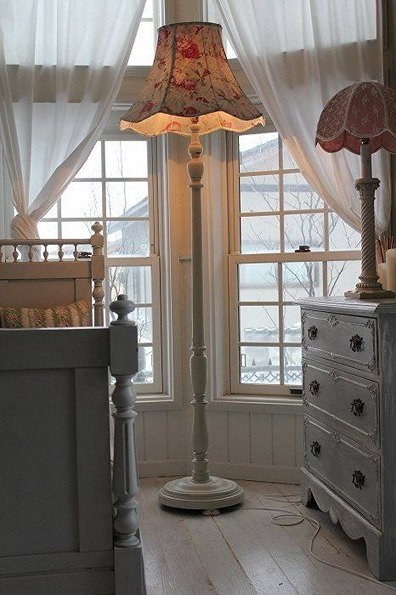
Shabby Chic interior design is characterized by soft, feminine, and delicate designs. The designers take inspiration from vintage styles and incorporate elements of contemporary and modern designs with a distressed and aged finish. The furnishings used by Shabby Chic designers have a worn-out look and an antique finish.
The design elements of this style include wall hangings, light fixtures with a delicate appearance, linen textiles, and a combination of white and pastel colors. The designers use a lot of vintage fabrics and items, which add to the overall appeal of the design. The floors are often whitewashed or pickled, and the palette is kept pale to enhance the soft and delicate feel of the decor.
In essence, Shabby Chic interior design creates a perfect balance between old and new by blending vintage elements with contemporary and modern styles. The overall result is a charming, elegant, and inviting interior that appeals to the senses and provides a sense of comfort and relaxation.
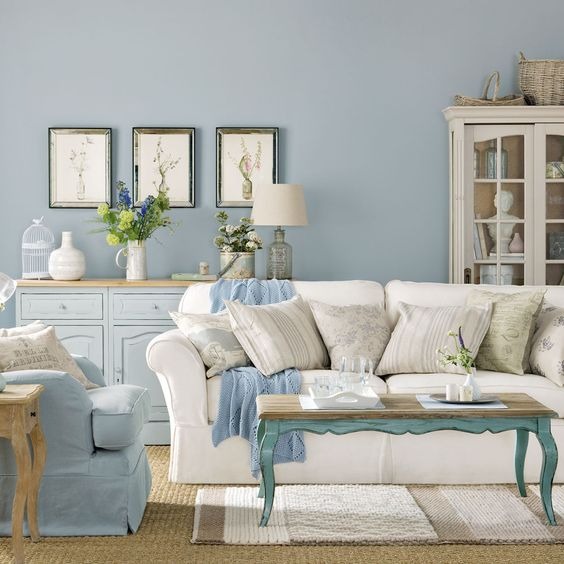
7. Industrial interior design
The rise of industrial design can be traced back to the 1990s when North American city centers underwent a renovation process that involved transforming old manufacturing facilities and warehouses into multi-unit residential buildings and condos. Unlike traditional renovation methods that covered up or removed the remnants of the space, such as brick walls, pipes, and electrical wires, and replaced them with interior walls, developers retained the existing features to create large, open units. This resulted in a style of home decor that became known as industrial design, where the old floors, walls, pipes, wiring, and beams are exposed and celebrated as a unique feature.
Industrial interior design is known for its raw and unfinished aesthetic that celebrates the beauty of materials in their natural state. This design style incorporates a mix of grays, neutrals, and rustic colors to create an edgy and utilitarian look. Utilitarian objects, such as large sectionals and antique or light fixtures with metal finishes, are commonly used to enhance the industrial vibe.
One of the defining features of industrial interior design is the use of vintage and old factory and laboratory pieces, such as metal lockers, wire baskets, and old tools, as decor. This style also features a lot of wood and metal surfaces, including reclaimed wood furniture and metal shelving units. Concrete flooring is another characteristic element of this design style, which further adds to its raw and edgy vibe.
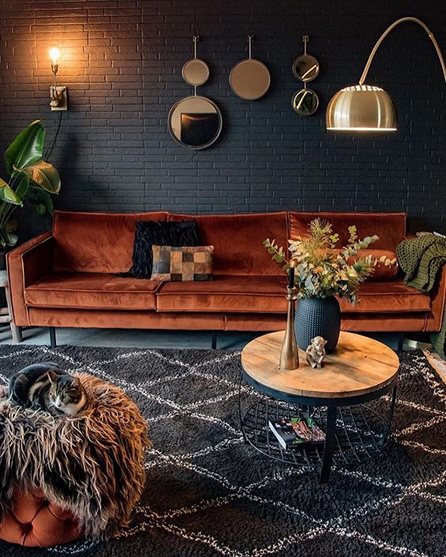
Industrial interior designers are known for incorporating exposed and raw materials into their designs. They draw inspiration from urban lofts and industrial warehouses, which are often characterized by their rugged and unfinished appearance.
Industrial interior designers often incorporate key elements like hanging metal fixtures, high ceilings, minimalist furniture pieces, and exposed floorboards. The design aims to achieve a raw and unfinished look, often described as cold and eerie. However, some designers may balance this out by adding statement lights or incorporating pieces of abstract art and photography to provide a pop of color and delicacy to the space.
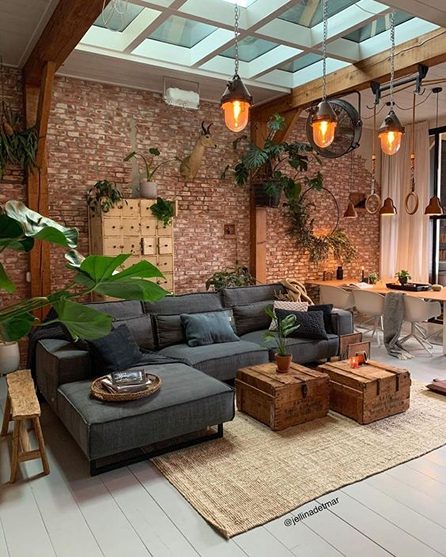
8. Nautical themed style
The Nautical themed style is characterized by a bright, airy and relaxed atmosphere that creates a feeling of being near the sea. This style primarily uses light colors, often with pops of bright colors like navy blue, red or yellow, to evoke a nautical theme. Nautical accessories such as ropes, anchors, and sailboats are commonly incorporated into the decor. The use of natural light is important in this style, with large windows that let in plenty of sunlight.
Decorative elements made from natural fibers and organic materials, like wicker and rattan furniture, create a rustic and beachy feel. The furniture is often made of natural oak and the color scheme is usually borrowed from the sand, surf and shells. Window coverings like sheer curtains or wooden shutters allow natural light to filter in and enhance the overall beachy feel of the space.
Key characteristics of nautical designs include chic linen upholstery for lounges, unfinished wood used in chairs and tables, and sea-inspired decorative accents like jute ropes, seashells, and rowing oars.
Nautical interior designs are known for their positive, warm and relaxing feel, as they aim to bring the feel of being near the ocean indoors. The designers who follow this theme typically incorporate sea creatures, ships, anchors, and other beach-inspired elements into their designs. They also use a color palette that reflects the beach, such as shades of blue and sand.
The nautical style is all about creating a comfortable and cozy home, achieved by using an abundance of white, blue, and sand-colored foundations, along with inexpensive wooden furniture and hues of oceanic blue.
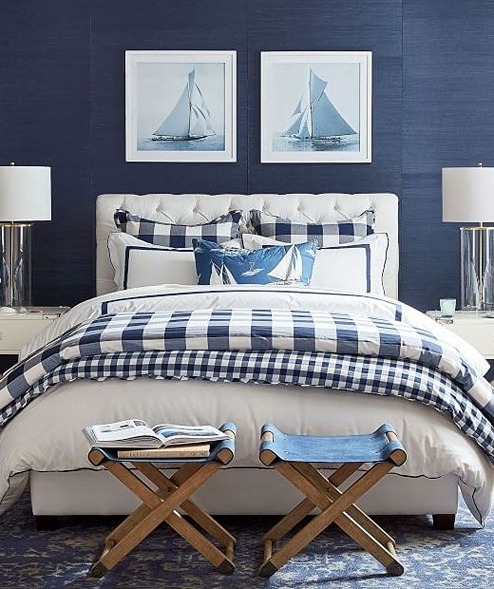
9. Scandinavian interior design
To achieve the Scandinavian interior design, certain key elements need to be incorporated into the space. The predominant color used is white, which is combined with bright colors to add a pop of color to the room. Large mirrors are also used to create an illusion of space and natural light.
Principles of symmetry are followed while arranging the furniture to create a balanced and harmonious look. The furniture pieces used are functional and stylish but not too trendy and contemporary. Light colored wood is used extensively in the furniture and decor to create a warm and inviting atmosphere. Light wood flooring is dressed up with rugs in subtle colors to add texture and warmth to the space.
Scandinavian interior designers create designs that are characteristic of the fjords, snow, and mountains found in Scandinavian countries. Their designs are characterized by simplicity, coziness, and clean lines. They prioritize spaciousness, natural light, and minimal furniture with a purpose.
Scandinavian interior design follows the “Bauhaus principles,” which emphasize fluid lines, all-white color schemes, wide plank flooring, and object proportions. Designers also use playful accent colors, organic materials, and gentle contours. These designs are modern, practical, and uncomplicated, with a focus on textures and clean lines.
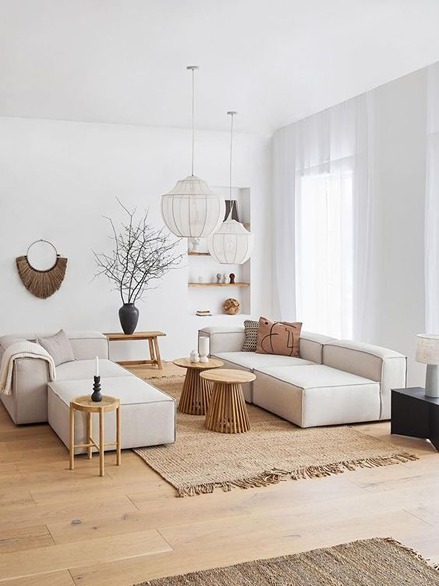
10. Rustic interior design
Rustic interior design style is defined by the use of natural and raw materials. Designers who follow this style typically draw inspiration from nature and incorporate it into their designs. Some key elements of rustic design include the use of exposed ceiling beams, reclaimed wood, and exposed stone walls. Wooden flooring is a common feature in this style, often accompanied by cowhides, sheepskins, and other natural fabrics in neutral colors.
Distressed and handcrafted items are also prevalent in rustic design, as they add a sense of history and authenticity to the space. A wood-burning fireplace is often used as a focal point in rustic living rooms and adds warmth and coziness to the space. Finally, prominent staircases are another characteristic of rustic design, often featuring natural wood or wrought iron balusters.
Rustic interiors are characterized by their raw and natural aesthetic, often featuring unfinished elements such as stone or wood. Designers who adopt the rustic theme draw inspiration from nature and incorporate outdoor accessories in their designs. These designers incorporate elaborate architectural details and dramatic features, such as reclaimed wooden floors and wood beam ceilings, to add texture and character to the space. The overall effect is a warm and inviting atmosphere that brings the natural beauty of the outdoors inside.
Rustic interior designers are drawn to raw and natural elements that are unrefined and authentically genuine. Their designs have an earthy and organic feel to them, and they incorporate accessories that often come from the outdoors. While many people associate rustic designs with dark and heavy features, a new trend called “modern and contemporary rustic” has emerged, which offers a fresh and lighter take on the traditional rustic theme.
